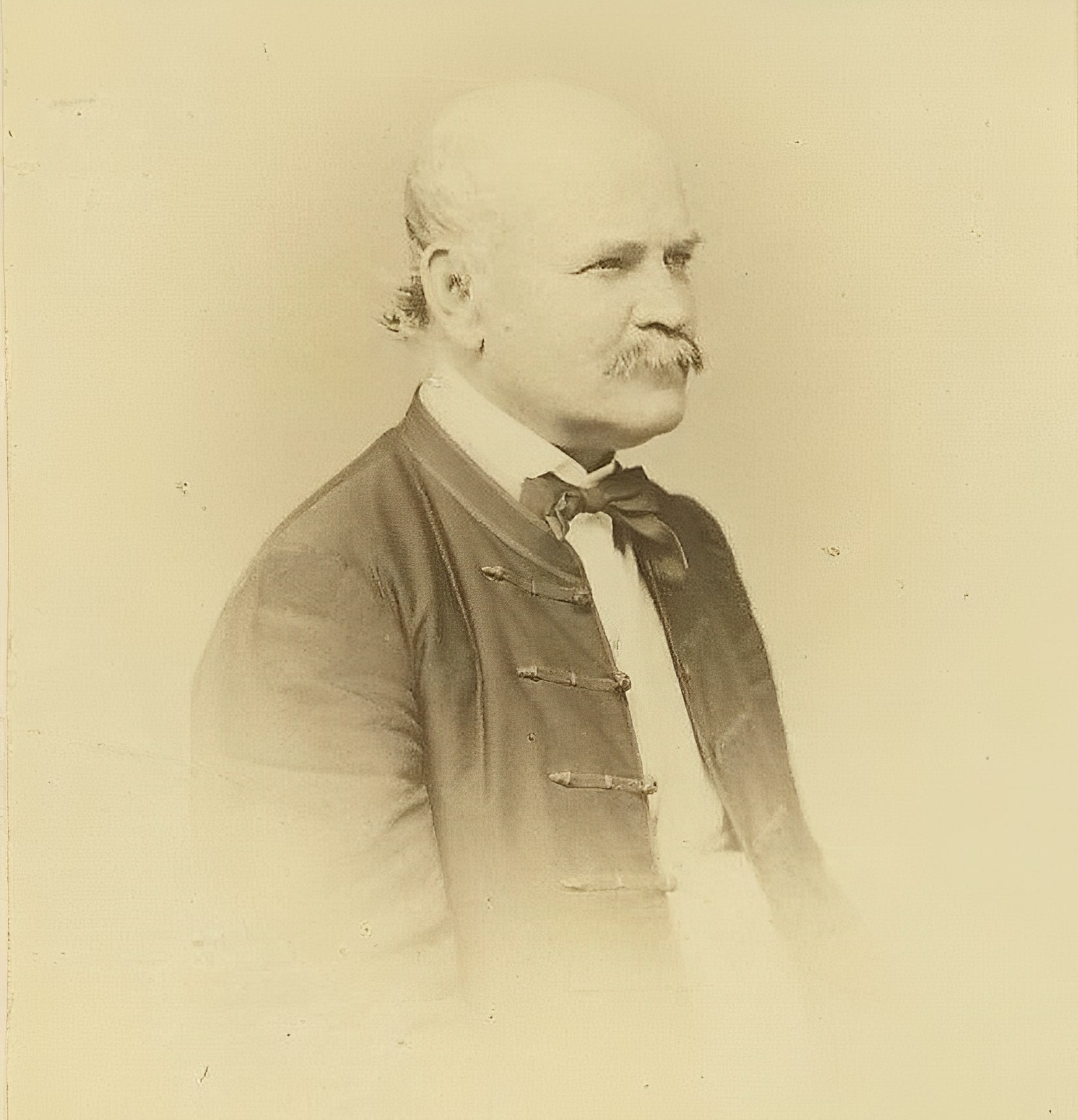Semmelweis Ignác Fülöp
Ignaz Semmelweis: The Pioneer of Hand Hygiene in Medicine
Semmelweis’s life and career were marked by a series of unfortunate events and groundbreaking discoveries. He received his doctorate in medicine from the University of Vienna in 1844, after which he began working at the Vienna General Hospital, one of Europe’s largest maternity hospitals. It was during his tenure there that he made a crucial observation that would change the face of healthcare forever.
At the time, the prevailing medical knowledge of disease transmission was rudimentary, and hospitals were plagued by high mortality rates due to puerperal fever, a severe and often fatal infection that affected women after childbirth. Semmelweis, tasked with the responsibility of working in both the First Obstetrical Clinic, where doctors attended to deliveries, and the Second Obstetrical Clinic, where midwives assisted in childbirth, noticed a stark difference in the mortality rates between the two clinics.
In the First Clinic, where doctors attended deliveries directly after performing autopsies and handling cadavers, the mortality rate from puerperal fever was alarmingly high. In contrast, the Second Clinic, staffed by midwives who did not engage in such practices, had significantly lower mortality rates. Semmelweis hypothesized that the high mortality rate in the First Clinic was due to some infectious material being transferred from the dissecting room to the maternity ward by the doctors’ hands.
In 1847, Semmelweis initiated a groundbreaking experiment to test his hypothesis. He implemented a strict handwashing regimen using chlorinated lime for the doctors in the First Clinic. The results were astonishing. The mortality rate in the First Clinic plummeted from 18.3% to 2.2%, showcasing the powerful impact of hand hygiene on preventing the transmission of infectious diseases.
Despite the compelling evidence, Semmelweis faced significant resistance and skepticism from the medical establishment of the time. His ideas challenged deeply ingrained beliefs and practices in the medical community, and many doctors were unwilling to accept that they could be responsible for spreading disease. Semmelweis’s struggles and the resistance he faced from his colleagues took a toll on his mental health.
Tragically, Semmelweis’s work was not widely recognized and appreciated during his lifetime, and he faced personal and professional hardships. His mental health deteriorated, and he was eventually committed to a mental institution in 1865, where he died at the age of 47, likely from septicemia, ironically caused by an untreated infection. His death marked a tragic end to the life of a man whose contributions to medicine would later be hailed as groundbreaking.
It was only in the years following Semmelweis’s death that his ideas gained traction and acceptance within the medical community. As the science of microbiology advanced, the germ theory of disease took hold, and the importance of hand hygiene became widely acknowledged. Today, handwashing and infection control are fundamental practices in healthcare, saving countless lives and preventing the spread of diseases.
Ignaz Semmelweis, the Hungarian doctor who dedicated his life to improving hygiene in medicine, stands as a testament to the power of observation, evidence-based medicine, and persistence. His pioneering work in hand hygiene has had a profound and lasting impact on healthcare practices, leading to a significant reduction in the transmission of infectious diseases and the safeguarding of patient well-being. While his contributions were tragically underappreciated during his lifetime, we now recognize him as a visionary who transformed the field of medicine and whose legacy continues to influence healthcare practices worldwide. Ignaz Semmelweis’s story serves as a powerful reminder of the importance of challenging established norms, embracing evidence-based practices, and advocating for the well-being of patients in the pursuit of medical progress.

We are an Amazon affiliate, and your purchases help defray our costs.
Site Design by Trendl Communications Creative Websites
Read: The Raging Giant Blue Goldfish - 22 Short Stories
